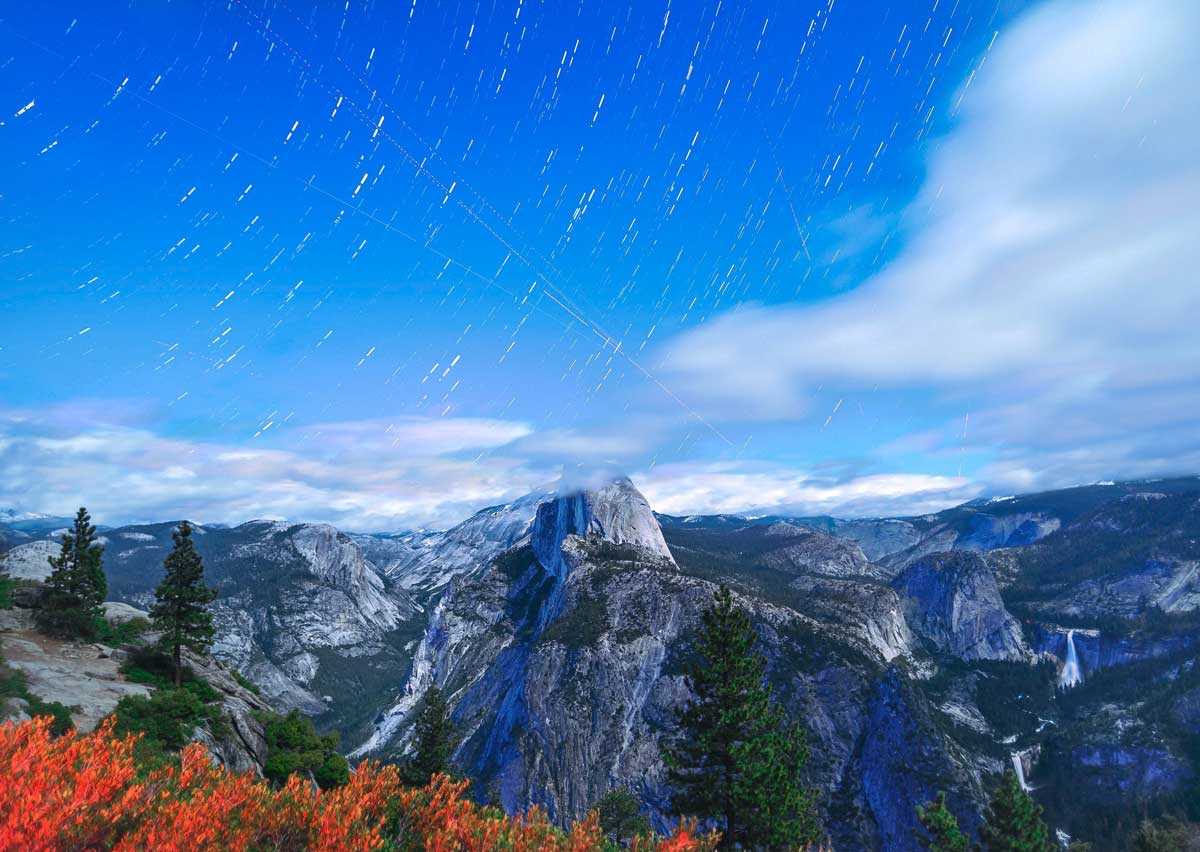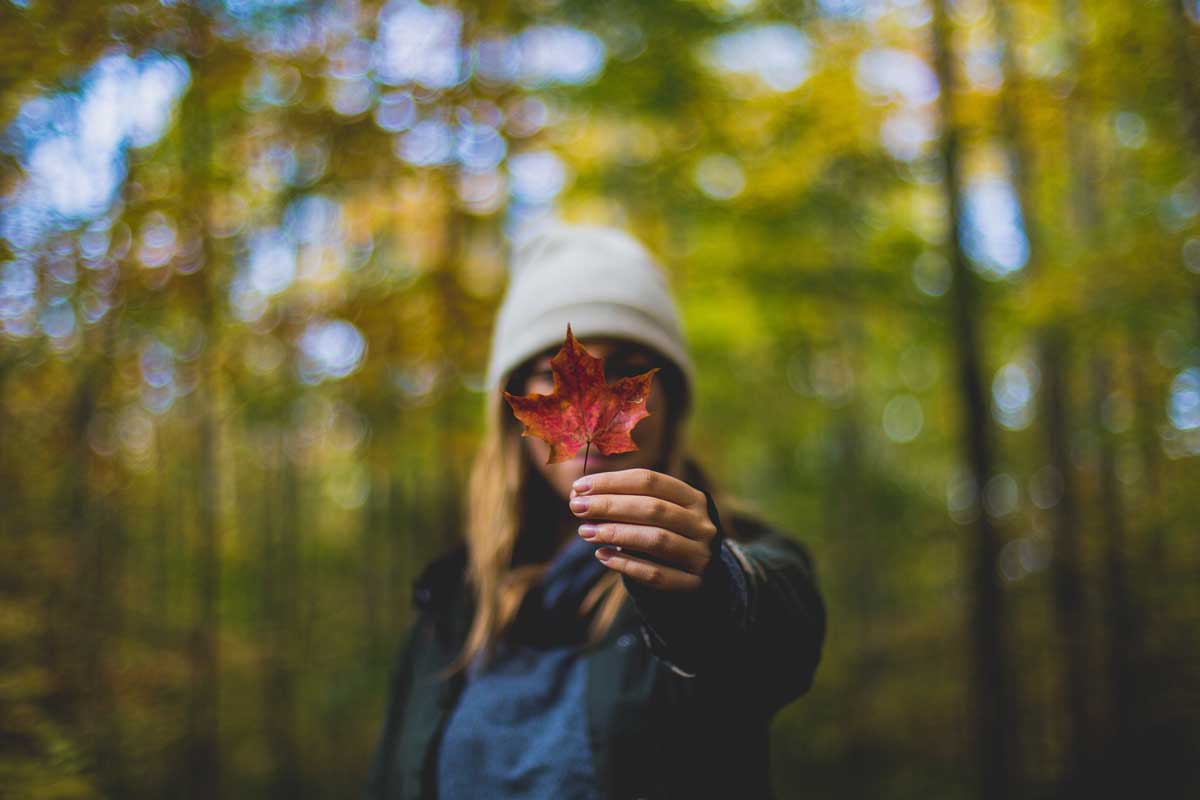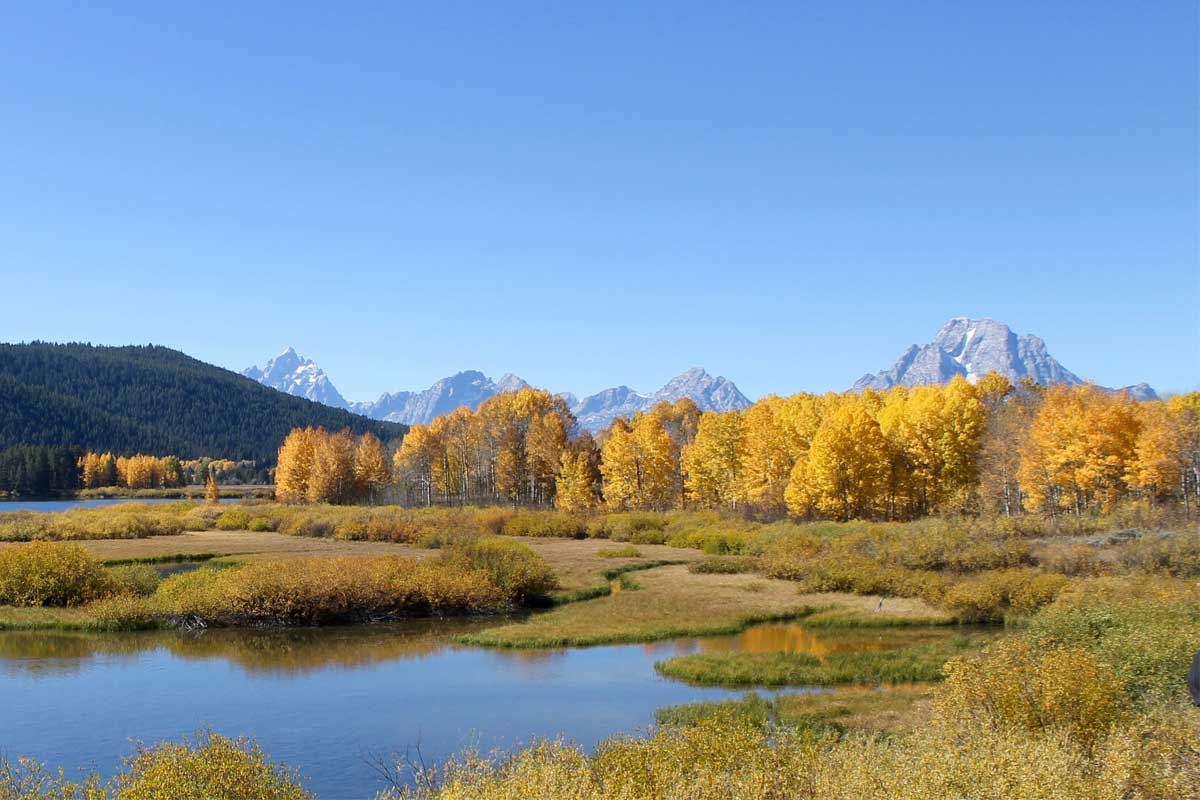
The Best Tips for Shoulder Season Hiking
Fall Is One of the Best Seasons for Hiking and Backpacking

Every year, fall slips in without a warning. I realize that the days are shorter, the mornings are crisp, and suddenly I find changing colors all around. In the fall, midday temperatures are perfect for hiking and backpacking. A wonderland of new shades and patterns reveals itself, even in places you have visited all year long. The bugs regress to wherever bugs regress to, and colorful birds come out. Here in Colorado, the sound of bugling elk adds to the fall wilderness experience.
I have always felt more remote when hiking in the fall, as tourists have returned home and fair-weathered adventurers have pulled out cute leather boots to take the place of hiking shoes.
While there are undeniable reasons to hike in the fall, the shoulder season does call for extra thought and preparation. Here’s how to pick the prettiest leaf hikes, pack for a wide range of temperatures, and be armed for whatever the season throws your way.
PACKING FOR SHOULDER SEASON

With shorter days and temperamental weather, the key to shoulder season preparation is versatility. Bring lightweight layers that can stack for the ideal level of insulation, and make sure to throw a beanie, gloves, and extra wool socks in your bag.
During this time of year, it is especially important to be ready for wet conditions. Pack a fully waterproof rain shell in case you find yourself in a shower, and wear wool socks with waterproof shoes to handle muddy or snowy trails.
Many sites and apps can be checked for recent trail reports, like AllTrails or REI’s Hiking Project. Find your trail before striking out, and peruse the comments for recent reports on the trail conditions. In the fall, one recent report is reason enough to bring along gaiters and microspikes, and likely you will be relieved that you did! If the hike you have chosen wanders into higher elevations, also try calling the presiding ranger station or park office for current conditions and predictions.
FALL HIKE HABITS

A few simple habits can make the difference between turning around in soggy discontent and enjoying a unique, colorful experience.
First, take a moment to get an accurate weather report for the area where you will be hiking. Keep in mind that the nearest town likely is at a much lower elevation, so contact the area’s information center (visitor’s center, ranger station, etc.) for an accurate report. Another aspect that becomes crucial in the shoulder season is road conditions. The US Forest Service provides road condition reports for each individual National Forest. Find which National Forest area you will be in, and search the website for a current road condition report. A general page of considerations and tips for driving on these roads in harsher seasons can be found at the US Forest Service page here.
If you are headed out on a day hike, make a thermos of hot tea to warm you up through the day, or bring extra water, a stove, a lighter and fuel to make a cup on the trail.
Cooler temperatures also call for higher calorie intakes, so pack plenty of hearty snacks to munch on through the hike. To help you enjoy the best of everything fall, here is my recipe for Maple Spice Granola! Bake some up and hit the gorgeous trails with warming snacks.
Fall is a great time to car camp, with fewer crowds and as many heavy, cozy items as you want just yards away. However, whether car camping or backpacking, dramatic changes in temperature are common in the season and make the perfect recipe for condensation. Be sure to open windows or vestibules to keep air flowing in your sleeping set up, and dry out your tent as soon as you are back from your adventure.
Shorter days in the fall call for earlier starts and extra care with light sources. Take precautions to not just have a headlamp, but bring along back-up batteries as well. If you use your phone for navigation or time, have a backup charger with you in case cold temperatures steal your battery.
For some outdoor lovers, fall is synonymous with “hunting season.” As hikers and backpackers, awareness of the season and proper preparation are necessities. If the area you will be hiking in allows hunting, wear brightly colored clothing. Orange accessories will immediately identify you as a person, not a potential target. Though some areas prohibit hunting, do not embark on a fall hike unless you are familiar with the hunting laws and have prepared well.
Chasing Fall Colors

Are you ready for some seasonal solitude? Selecting fall hikes is more complicated than it might seem, but the rewards are always breathtaking. Consider these when choosing a leaf-viewing outing:
Time of fall: Typically, leaves here in Colorado will be changing from mid-September until mid-October. Earlier trips will give you bright yellow tones, and later trips could give you views of leaves already fallen. Once the leaves begin to change, there is a 7-10 day window of the brightest, boldest hues of the season. By region, the peak time frames are:
- The Northeast: where best colors are usually spotted from late September to mid-October
- The Southeast: where lower elevations see the best colors as late as early November, and higher regions change from mid to late October
- The Midwest: where mid-October is the best time almost without exception
- The West: where October is all around the best month to see the leaves. Take into account the other considerations listed below to find the time of month best for a specific region
Elevation: Because of colder temperatures, leaves on higher ground will change and fall sooner than most. Start higher, and work your way to lower elevations as the season progresses.
Sunlight, temperatures, and moisture: Just like aspens in higher altitudes change sooner, trees in other cold areas will also. Ideally, a good mountain environment for consistent and vibrant leaf changes will have abundant sunshine, consistent late summer/fall moisture, and slowly cooling temperatures. This environment will provide a bright range of colors for the longest possible window.
Fall is an incredible time to be adventuring in the outdoors. Often, adventurers are so eager for balmy summer days to turn into snowy slopes that the shoulder season is left underappreciated.
Make yourself informed, prepared, and enjoy the best of the shoulder season!





2 comments
@hillslug98239
I just saw this comment! I absolutely agree. Do you have plans to attempt it again? Best of luck when you do!
I planned to hike Section J of the PCT in Washington a few weeks ago, but I ended up getting rained out. (I made a few mistakes and it all added up to being too much.) Many of my friends asked why I didn’t attempt the hike earlier in the year. This was a rainier-than-average September, and I ended up explaining that when I attempt this again, it’ll be in September. In June, there’s still a lot of snow. In July, some of the river fords are terrifying. August is hella hot and two weekends in August are already blocked out in perpetuity. September normally has a lot of sunny days, cool nights, and after Labor Day there are far fewer folks up there. The shoulder season is ideal.